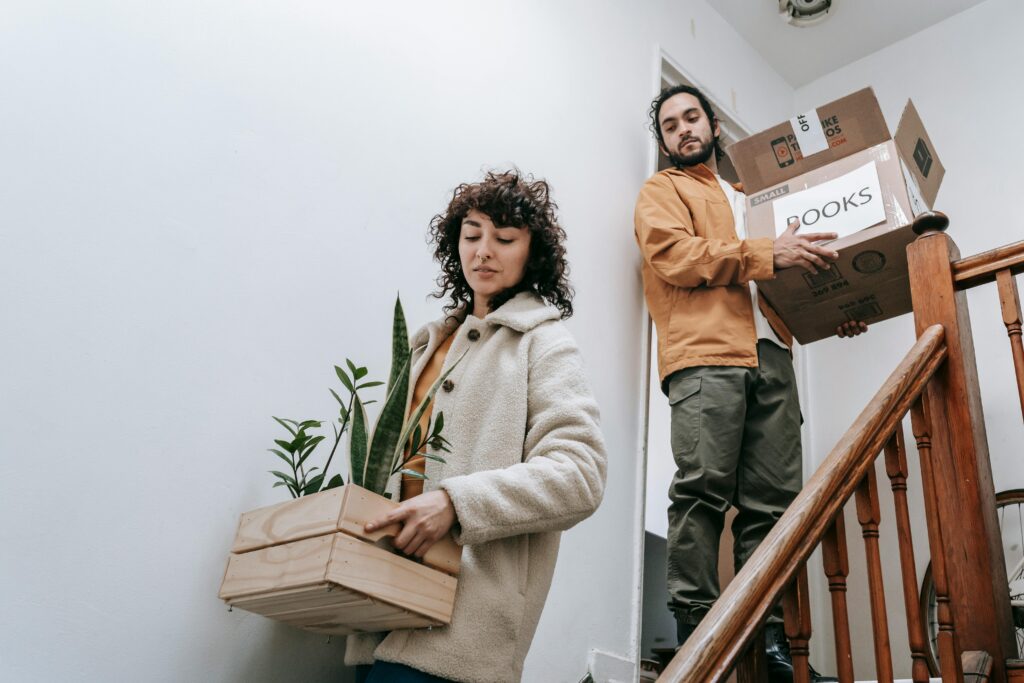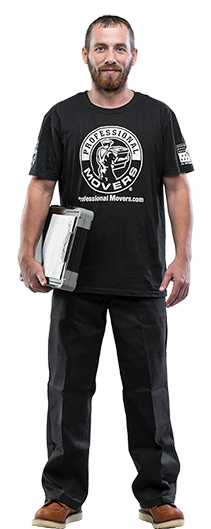
Relocating with plants can be challenging, but with the right preparation, you can help them arrive at your new home healthy and intact. Proper packing techniques, selecting suitable materials, and preparing your plants for the journey are all essential to their safe relocation. Whether you’re moving across town or to a new state, professional moving services in Walled Lake can help simplify the process — especially when it comes to transporting delicate items like plants. This guide will cover effective ways to pack, secure, and care for your plants before, during, and after the move to keep them thriving in their new environment.
Choosing the Right Packing Materials
Selecting the right materials is one of the most effective ways to protect plants during transport. Sturdy cardboard boxes or plastic containers work well, especially those that allow for enough space around the plant and its root system. Containers with drainage holes can also help prevent water from pooling at the base, reducing the risk of root rot. To cushion plants, use soft packing paper or loosely wrap the leaves and stems in bubble wrap, taking care not to trap too much moisture inside. Gaps in the box can be filled with crumpled paper to prevent the plants from shifting during transit. With the right materials in place, your plants will have a better chance of surviving the journey unscathed.
Preparing Plants for Transportation
The preparation phase plays a key role in ensuring your plants travel safely. Prune excess leaves, stems, or branches to reduce the plant’s size, making it easier to transport and less prone to damage. Water your plants a day or two before moving day so they’re hydrated but not overly saturated. Excess water can lead to fungal growth or root rot if plants are left sitting in damp soil for too long. It’s also a good idea to check your plants for any signs of pests or disease. Removing dead leaves or infested sections will prevent problems from spreading during the move. By starting with healthy, well-prepared plants, you’ll increase their chances of settling into your new space without added stress.
Securing Plants in Transit
Keeping plants stable and protected while in transit is crucial for minimizing damage. Use containers that offer both support and cushioning, ensuring each plant stays upright. Wrap pots in newspaper or cloth to keep them snug within the box. Extra padding, such as towels or crumpled paper, can be placed between pots to prevent them from bumping into each other. Avoid stacking heavy items on top of plants or crowding them too closely together, as this can crush delicate leaves and stems. Labeling boxes that contain plants can also alert movers to handle them with extra care. By making sure plants are properly secured, you’ll reduce the risk of breakage and help them withstand the journey.
Unpacking and Settling In
Once you’ve arrived at your new home, unpacking plants should be a priority to reduce stress from being boxed up. Carefully remove each plant from its packaging, unwrapping it slowly to avoid accidentally damaging stems, leaves, or roots. Check plants for any signs of stress, such as wilting leaves or discoloration, and address issues promptly by adjusting their placement or watering schedule. Position plants in areas that suit their individual light and humidity needs. For some plants, this may mean placing them near a bright window, while others may need a shadier spot to avoid direct sunlight. Gradually reintroduce your plants to normal watering routines and monitor their condition closely in the first few days to ensure they adapt smoothly.
Plant Care After the Move
Once your plants are unpacked and positioned, ongoing care will help them thrive in their new environment. Gradually adjust them to any changes in lighting, humidity, or temperature to avoid shocking their systems. Regularly check the soil moisture to make sure it isn’t too dry or overly saturated. If any leaves or stems were damaged during the move, trim them away to encourage new, healthy growth. In some cases, giving plants a small dose of balanced fertilizer can help them recover faster. Keep an eye out for any signs of pests or diseases, as stressed plants can become more vulnerable after relocation. Addressing these needs early on will support their long-term health in your new home.
Related Topics:
Get Your Move Estimate
Professional Movers.com believes in complete transparency. We have no hidden fees with our pricing. Fill out our simple, online form and one of our Moving Consultants will reach-out to learn more about your move, answer your questions, and provide you with an accurate estimate.

"*" indicates required fields











